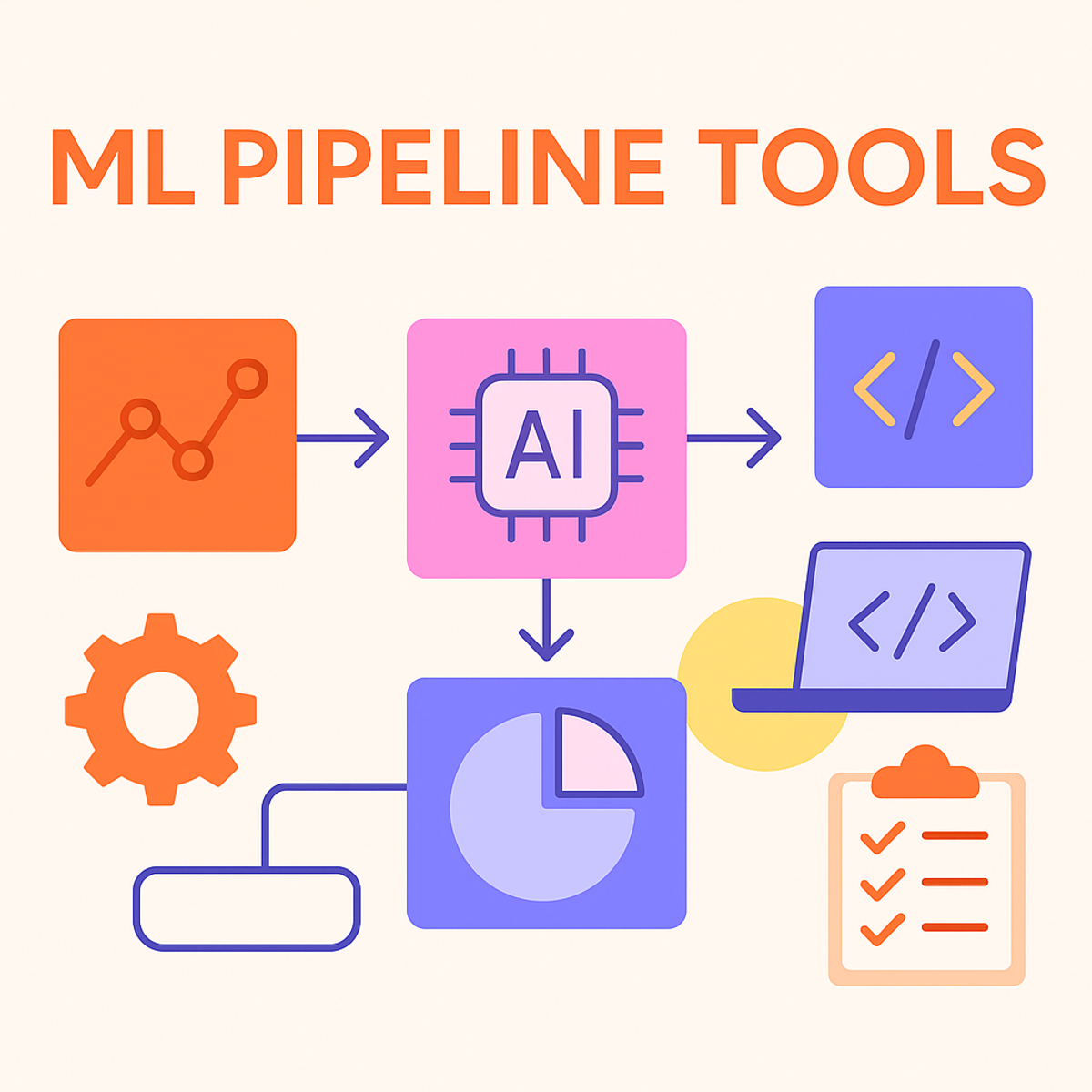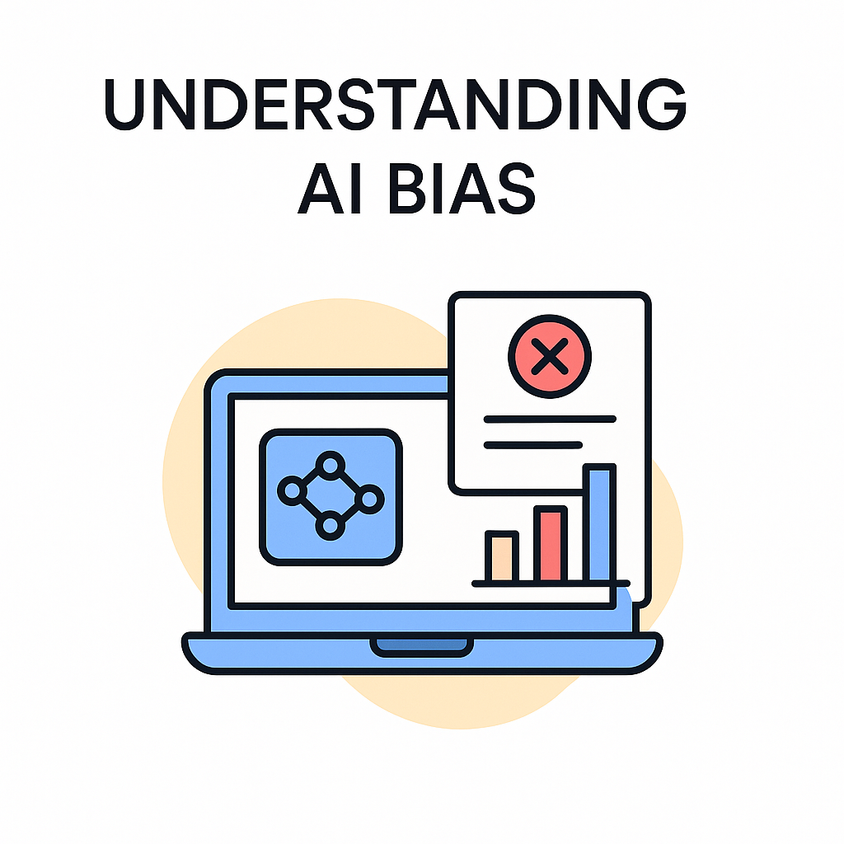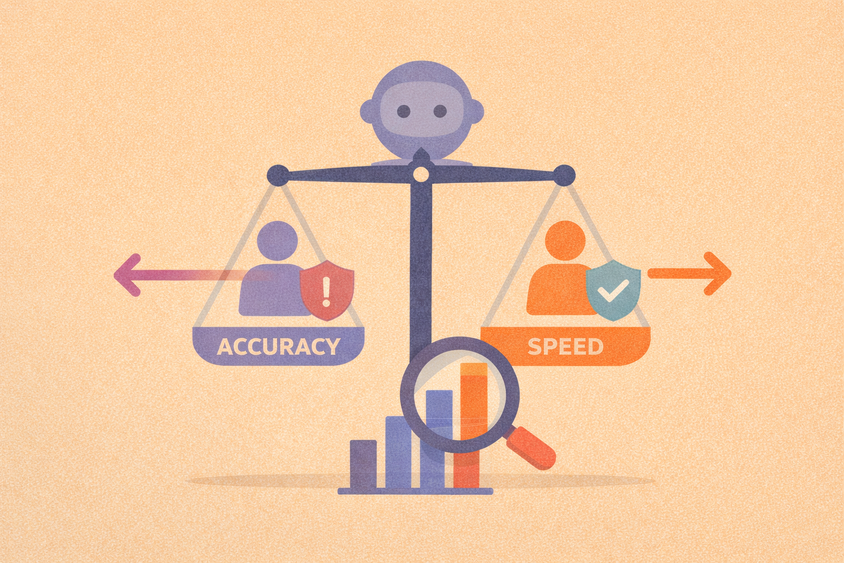What Makes ML Pipeline Tools Work?

When we talk about machine learning, we tend to focus on models, how big they are, how fast they train, how well they perform. But the real magic isn’t in the model alone. It’s in the pipeline: the full end-to-end process that moves data from raw input to reliable output. And behind every good pipeline is a stack of tools doing the invisible work to keep everything flowing.
ML pipeline tools have become essential to modern machine learning projects. They shape how teams manage data, trigger model runs, evaluate results, and deploy systems into production. And while some tools handle infrastructure or orchestration, others focus on a piece of the pipeline that’s just as critical: labeling.
From Static Labels to Active Feedback Loops
In most pipelines, labeling is treated as a one-time step. You annotate a dataset, train a model, and move on. But that misses a big opportunity. The best ML pipelines treat labeling as a continuous, evolving process, one that incorporates feedback, model predictions, and human judgment at every stage.
That’s where Label Studio fits in. It’s not just a place to draw boxes or mark categories. When integrated into your ML pipeline, Label Studio becomes a control point: a place where models and humans interact, where predictions are reviewed and refined, and where data becomes smarter with every iteration.
For example, you can connect your own models to Label Studio and use them to pre-label tasks. Humans then review those predictions, correct them, and feed that improved data back into your training loop. Or you can send production model outputs into Label Studio for spot-checking, helping you monitor real-world performance and catch failure patterns early.
Label Studio as a Flexible ML Component
Label Studio doesn’t dictate how your pipeline should work. Instead, it adapts to the workflow you already have. You can use webhooks to trigger retraining jobs every time a batch of annotations is completed. Or plug in the Python SDK to manage projects, tasks, and data programmatically from within your own scripts. The platform doesn’t need to be the center of your ML universe, it just needs to connect cleanly to the tools that are.
And that’s the point. Good ML pipeline tools don’t try to do everything. They do one thing well and let you build around them. Label Studio does labeling and human-in-the-loop feedback well, whether you're annotating from scratch, validating a model’s output, or maintaining a review loop in production.
Why This Matters
In real-world ML projects, the bottleneck is rarely just the model. It’s the glue between stages. It’s the time lost converting formats, redoing labels, or fixing silent model failures after deployment. A strong pipeline avoids those problems by building feedback into the flow. And that requires tools that don’t just handle data, but adapt with it.
If you’re refining your pipeline or scaling it up, make sure your tooling reflects how your team actually works. Think beyond infrastructure and training platforms. Ask: how do we keep our data grounded in reality? How do we make our models accountable to humans? That’s where tools like Label Studio make the difference.Try Label Studio and start your free trial today.
Frequently Asked Questions
FAQs
What is an ML pipeline?
An ML pipeline is a sequence of steps that transforms raw data into a trained and deployed machine learning model. It typically includes stages like data collection, preprocessing, labeling, training, evaluation, and deployment.
Why are ML pipelines important?
Without a well-structured pipeline, it’s difficult to scale machine learning projects or reproduce results. Pipelines reduce manual effort, improve collaboration across teams, and make it easier to debug and iterate on models.
Where does Label Studio fit into an ML pipeline?
Label Studio is designed for the data labeling and model evaluation stages of the ML pipeline. It allows teams to create labeled datasets, review model predictions, and incorporate human feedback into training loops—all of which are critical for supervised learning and fine-tuning.
Can Label Studio integrate with other ML tools?
Yes. Label Studio offers a Python SDK, webhooks, and a REST API that make it easy to integrate with orchestration tools, model training scripts, and active learning pipelines. You can also use it to pre-label tasks using your own models and set up feedback loops for continuous improvement.

